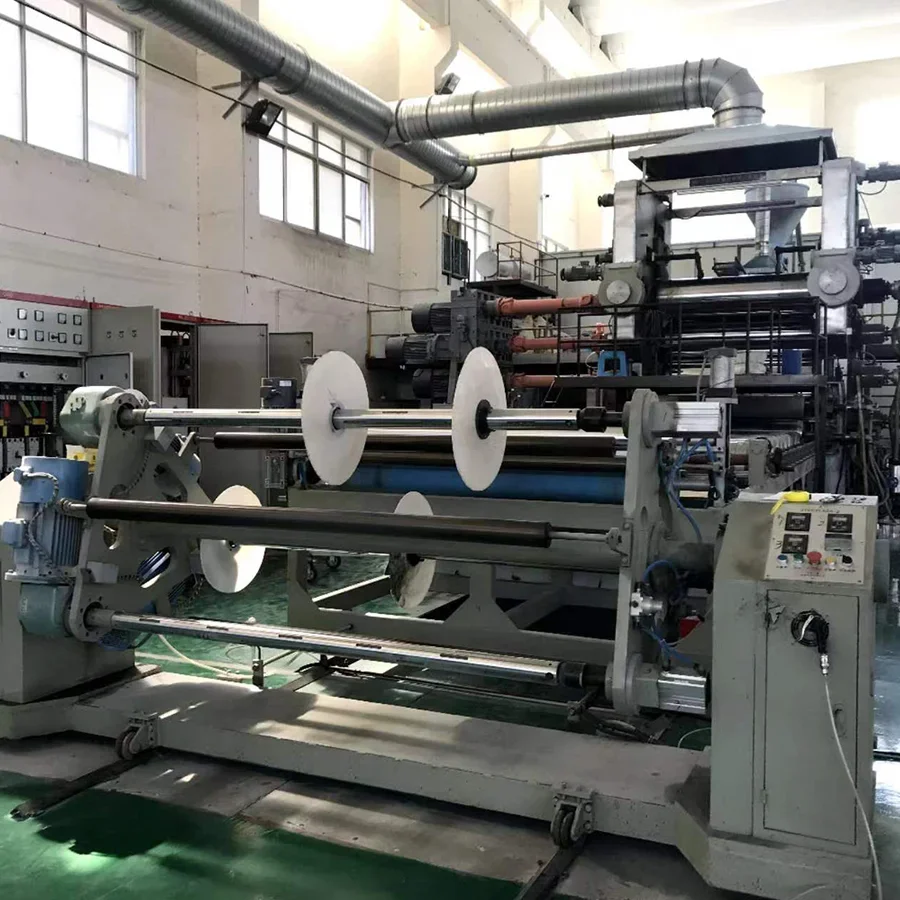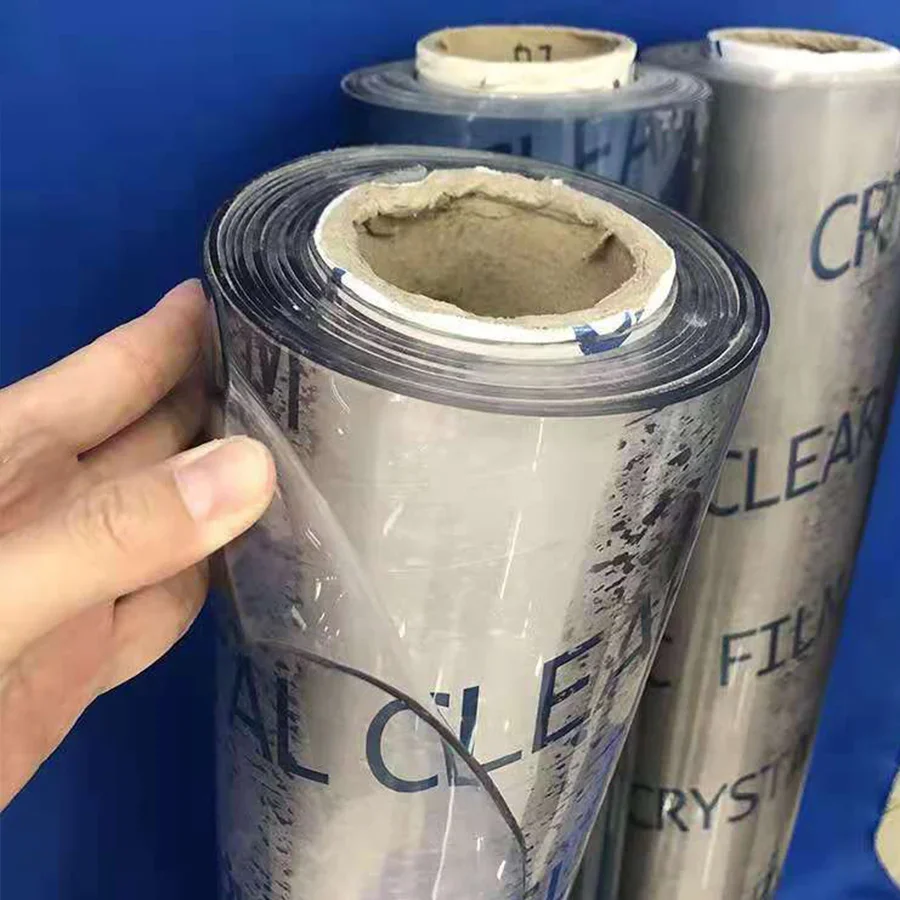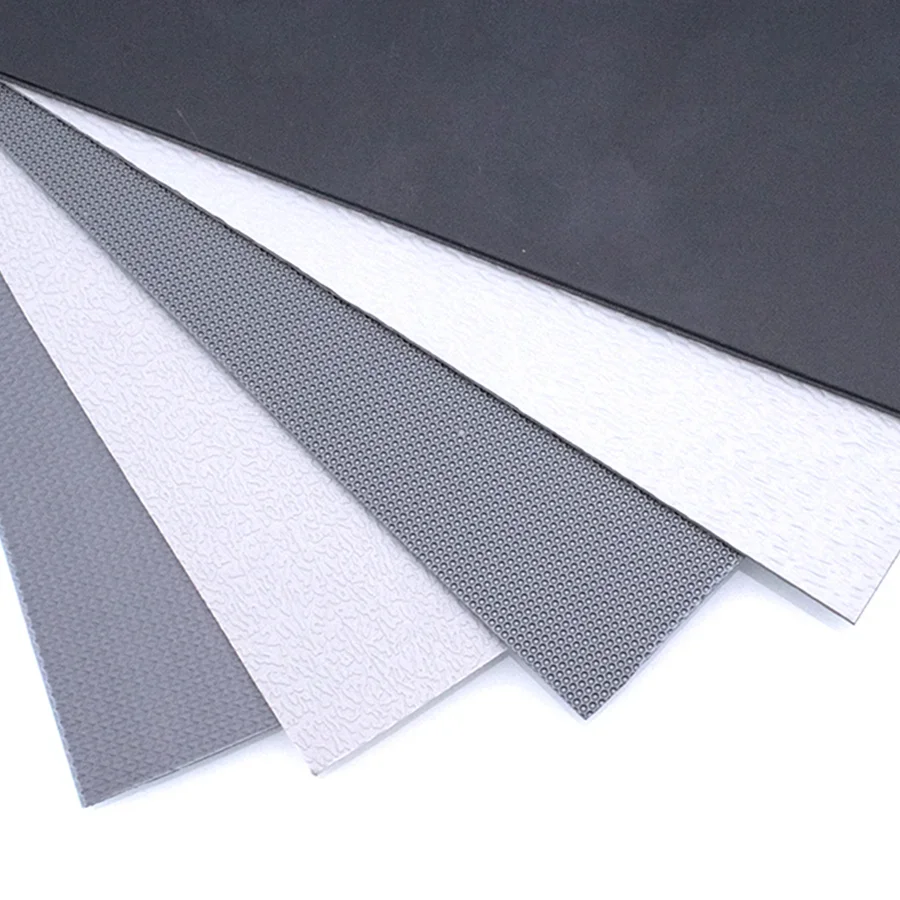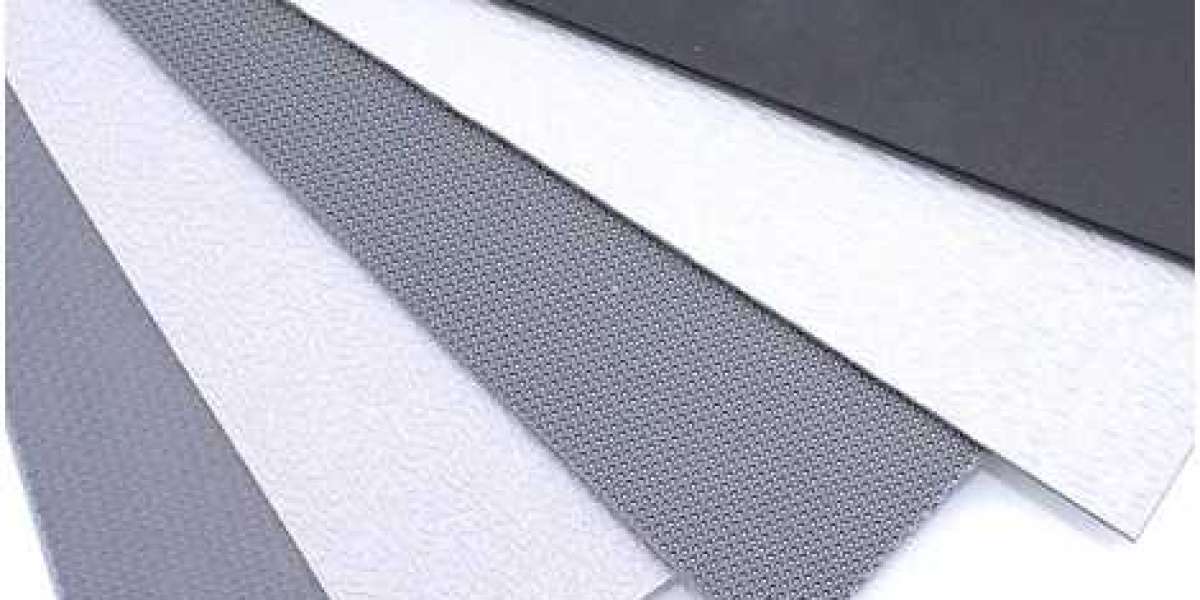Rigid film calendering is a process used to produce high-quality plastic films for a wide range of applications. This guide is designed to provide a comprehensive understanding of the basics of rigid film calendering, including processes, equipment, materials and applications.
What is rigid film calendering?
Rigid film calendering is a process used to produce plastic films with thicknesses from 0.1 mm to 3 mm. The process involves feeding a plastic material, such as PVC, through a series of heated rollers that compress and stretch the material to the desired thickness. The resulting film is then cooled and wound into rolls.

Calendering process
The calendering process consists of several stages, including feeding, preheating, calendering, cooling and winding. The first stage is to feed the plastic material into the calender. The material is then preheated to soften it and make it easier to work with. The preheated material is then fed through a series of rollers that compress and stretch the material to the desired thickness. The resulting film is then cooled and wound into rolls.
Calendering equipment
The calender is composed of multiple rollers, including feeding rollers, preheating rollers, calendering rollers, and cooling rollers. The feed roller is responsible for feeding the plastic material into the machine, while the preheat roller preheats the material to make it easier to work with. Calendering rollers are responsible for compressing and stretching the material to the required thickness, while cooling rollers cool the material after the calendering process. The machine also includes a winder for winding the resulting film onto a roll.

Materials used for hard film calendering
The most commonly used material in rigid film calendering is PVC because of its excellent properties, including durability, chemical resistance, and low cost. Other materials used for calendering include PET, PP and PS. The choice of material depends on the application and the desired properties of the resulting film.
Applications of rigid film calendering
Rigid film calendering is used to produce a variety of plastic films for a variety of applications. Some of the most common applications include packaging, construction, automotive and electrical insulation. PVC films produced by calendering are used in the packaging of food, pharmaceuticals and other products. In construction, PVC membranes are used for roofing, flooring and wall coverings. In the automotive industry, PVC films are used in interior and exterior components such as dashboards and door panels. PVC film is also used for electrical insulation of wires and cables.
Advantages of rigid film calendering
One of the main advantages of rigid film calendering is that it can produce high-quality films with excellent properties, such as durability, chemical resistance and low cost. The process has high efficiency, high productivity and low waste.

Conclusion
Rigid film calendering is a highly efficient process used to produce high-quality plastic films for a wide range of applications. The process involves feeding the plastic material through a series of heated rollers, which compress and stretch the material to the desired thickness. The resulting film is then cooled and wound into rolls. The choice of material depends on the application and the desired properties of the resulting film.


